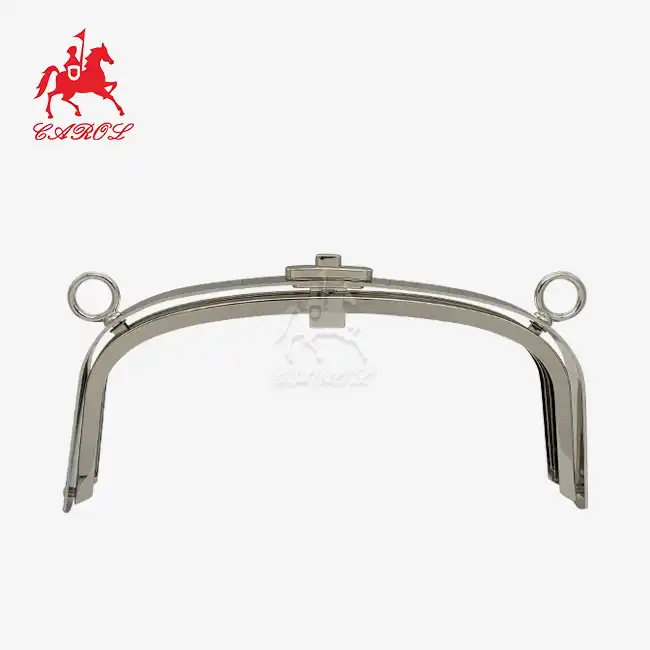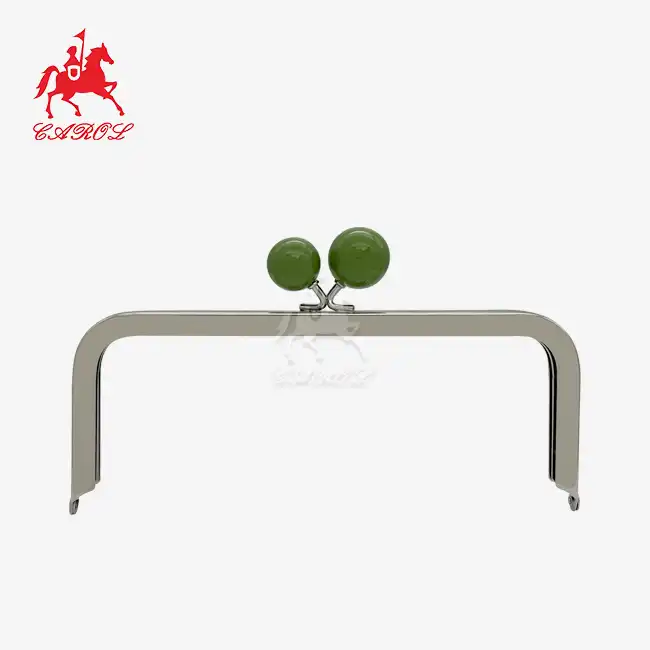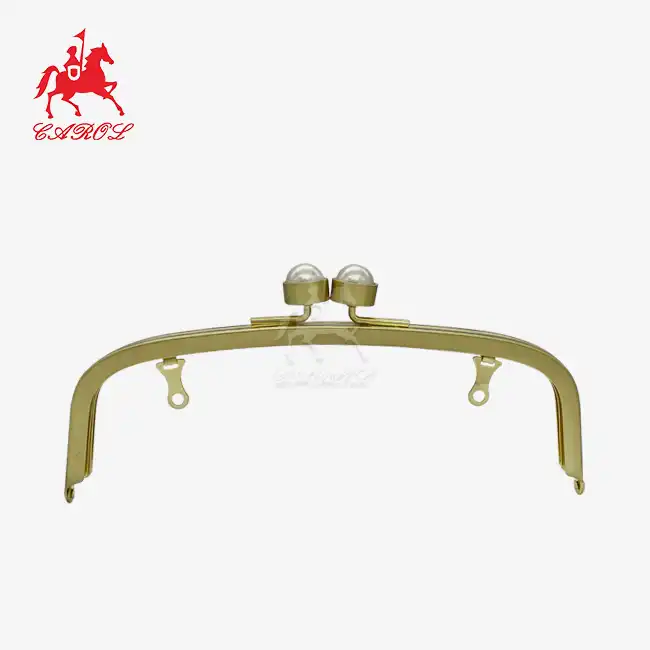How to use a swivel lobster clasp?
A swivel lobster clasp is a versatile hardware component that combines two key benefits: the secure, spring-loaded closure of a standard lobster clasp and a 360-degree swivel base that prevents tangling. Unlike fixed lobster clasps, which can twist straps, chains, or accessories during use, the swivel feature lets attached items move freely,making it ideal for backpacks, jewelry, pet gear, and more.
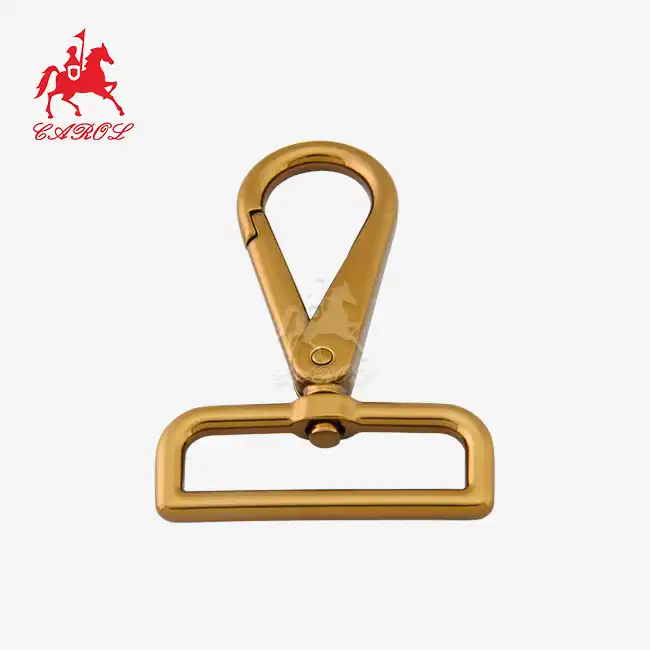
Swivel Lobster Clasp: Components and Core Function
Before using a swivel lobster clasp, it's essential to understand its parts and how the swivel mechanism works. Unlike a basic lobster clasp, the swivel version adds a rotating base,so knowing how this extra component operates is key to seamless use.
Key Components
A swivel lobster clasp has four main parts, each contributing to its security and functionality:
- Curved Claw Body: The iconic "lobster claw" shape, usually made of metal (stainless steel, brass, or plated alloys), forms the base of the clasp. It has an open "mouth" that holds attached items (e.g., D-rings, jump rings) and a closed back that connects to the swivel base.
- Spring-Loaded Lever: A small, flexible lever (located on the top or side of the claw body) controls the clasp's opening. An internal spring keeps the lever closed by default, sealing the claw's mouth to prevent items from slipping out. Squeezing the lever compresses the spring, opening the mouth for attachment.
- Swivel Base: The defining feature of this clasp, a small, circular or cylindrical component that connects the claw body to the item you're attaching (e.g., a backpack strap, jewelry chain). The base rotates 360 degrees, allowing the claw (and the item it's clipped to) to move freely without twisting the attached material.
- Attachment Loop: A small loop or ring on the bottom of the swivel base,this is where you connect the clasp to your main item (e.g., threading a backpack strap through the loop, soldering the loop to a jewelry chain).
All components work together: the claw body and lever ensure security, while the swivel base adds flexibility. For example, when you clip a keychain to your backpack, the swivel base lets the keychain spin as you move,preventing the strap from twisting into a knot.
Role of the Swivel Mechanism
The swivel base is more than just an extra feature; it solves a common problem with fixed clasps: tangling.
When you attach a fixed lobster clasp to a moving item (e.g., a backpack strap that swings as you walk), tension from movement can twist the strap or accessory. Over time, this twisting can damage the material (e.g., fray nylon webbing) or make the clasp hard to open. The swivel base eliminates this by rotating with the item's movement. If the backpack strap swings to the left, the base spins left; if the keychain dangles downward, the base rotates to keep it aligned. This not only prevents tangling but also reduces wear on both the clasp and the attached item.
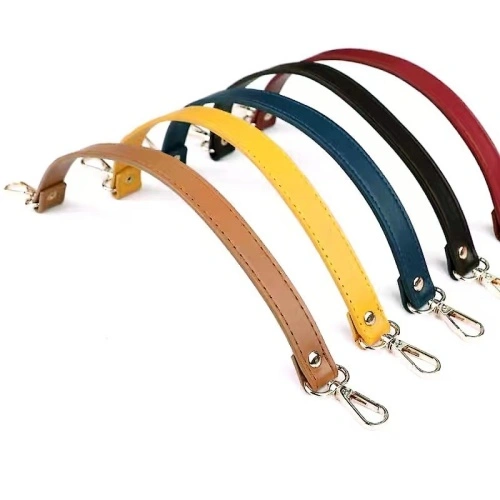
Step-by-Step Guide to Using Swivel Lobster Clasps on Key Applications
Swivel lobster clasps are used across three main categories: backpacks/everyday bags, jewelry, and lightweight pet gear. While the basic operation (squeezing the lever to open) is the same, each application requires slight adjustments to ensure the clasp is attached correctly and the swivel functions as intended. Below are detailed steps for the backpack use case, with tips to avoid common mistakes.
Swivel lobster clasps are perfect for backpacks; they let you clip on/off accessories (e.g., water bottle holders, phone pouches) quickly and prevent straps from tangling as you move. Follow these steps:
- Inspect the clasp and backpack attachment points: First, check the swivel base, ensure it rotates freely (no stuck spots), and the lever opens/closes smoothly. Then, identify where to attach the clasp on your backpack: look for D-rings, reinforced loops, or strap tabs (avoid thin, unstitched fabric, which may tear under weight).
- Prepare the accessory: If attaching an accessory (e.g., water bottle holder), make sure it has a loop or ring to connect to the clasp. Thread the clasp's attachment loop (on the swivel base) through the accessory's loop. For added security, you can tie a small knot in the accessory's loop around the clasp's attachment loop (ideal for heavier items like full water bottles).
- Open the clasp's claw: Hold the backpack's D-ring/loop in one hand and the clasp's claw body in the other. Use your thumb and index finger to squeeze the lever firmly; you'll feel the spring compress, and the claw's mouth will open wide enough to fit the D-ring.
- Attach the claw to the backpack: Slide the backpack's D-ring fully into the claw's mouth. Ensure the D-ring sits against the closed back of the claw (not just the opening). This prevents it from slipping out when the lever closes. Avoid overstuffing the claw (e.g., trying to fit two thick D-rings) as this can damage the lever.
- Close the claw and test the swivel: Release the lever, you should hear a soft "click" as the spring snaps it shut. Gently tug the accessory to confirm the claw holds securely. Then, move the accessory around (swing it left/right, up/down) to test the swivel. The base should rotate freely, keeping the accessory's strap from twisting.
Tip: For heavy accessories (e.g., 24-ounce water bottles), use a swivel lobster clasp made of thick stainless steel (1mm or more). Thin-plated clasps may bend under weight, compromising security.
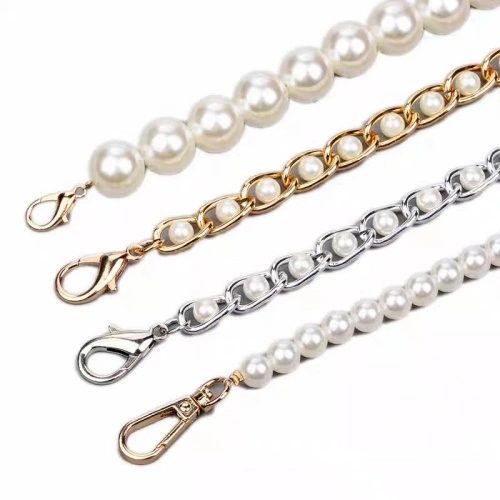
Troubleshooting Common Issues
Even with maintenance, you may encounter these common problems. Here's how to fix them:
①Stuck Swivel Base: If the base won't rotate, dirt or dried lubricant is likely the cause. Clean the base with a damp cloth and toothbrush, then apply a small amount of silicone lubricant. If it still sticks, check for bent metal. If the base is deformed, replace the clasp (a bent base can't be repaired).
②Lever Won't Close Tightly: A loose lever usually means the internal spring is worn or dirty. First, clean the lever mechanism with a toothbrush and soapy water; debris may be preventing the spring from compressing. If that doesn't work, the spring is likely worn out; replace the clasp (springs in small clasps can't be replaced easily).
③Clasp Opens Accidentally: This is often due to attaching too much weight (e.g., a heavy water bottle on a thin clasp) or not fully closing the lever. First, confirm the lever is snapped shut (no gap). If it still opens, check if the claw body is bent; if so, replace the clasp. For heavy items, upgrade to a thicker, heavy-duty swivel lobster clasp (1.2mm+ metal).
Plating Peeling (Jewelry Clasps): Plated clasps (e.g., gold-plated brass) may peel if exposed to moisture or chemicals (perfume, lotion). To prevent this, put on jewelry after applying lotion/perfume, and clean the clasp with a dry cloth after use. If plating peels, replace the clasp to avoid skin irritation from exposed base metal.
About Carol
As a professional factory with years of experience in hardware accessories and metal frames for handbags, leathers, and luggage, Carol offers comprehensive services from design to packaging. Their own electroplating shop makes sure that all of their items have the same quality and finish.
If a business wants to improve its products, it needs to work with a trustworthy supplier like Carol. Their lobster clasps and other metal accessories have become famous in both the US and other countries because of their unique styles and wide range of colors.
Are you ready to improve your items with high-quality lobster clasps? Carol does OEM/ODM brand processing, which means she can make your unique idea come to reality. Carol is a leader in the hardware accessory sector because she focuses on making things look good, using eco-friendly materials, and keeping products safe.
Don't settle for subpar components that could compromise the quality of your final product. Reach out to Carol today at tony@carolxiao.com to discuss how their 20mm inner width square lobster clasp swivel trigger clip hooks and other custom solutions can elevate your accessories to the next level.
References
- Accessory Design & Manufacturing Institute. (2024). Swivel Lobster Clasps: Best Practices for Use and Maintenance.
- Jewelry Industry Association. (2023). Choosing and Using Swivel Clasps in Fine Jewelry. Journal of Jewelry Design & Technology, 11(2), 58-74.
- Pet Product Safety Consortium. (2024). Lightweight Hardware for Pet Accessories: Swivel Clasp Guidelines.
- Outdoor Gear Technical Guide. (2023). Maintaining Metal Clasps for Backpacks and Outdoor Gear.
- Smith, L. M. (2022). Troubleshooting Swivel Mechanisms in Accessory Clasps. Accessory Engineering Review, 9(3), 89-105.
_1753256285958.png)

_1754990596544.webp)
